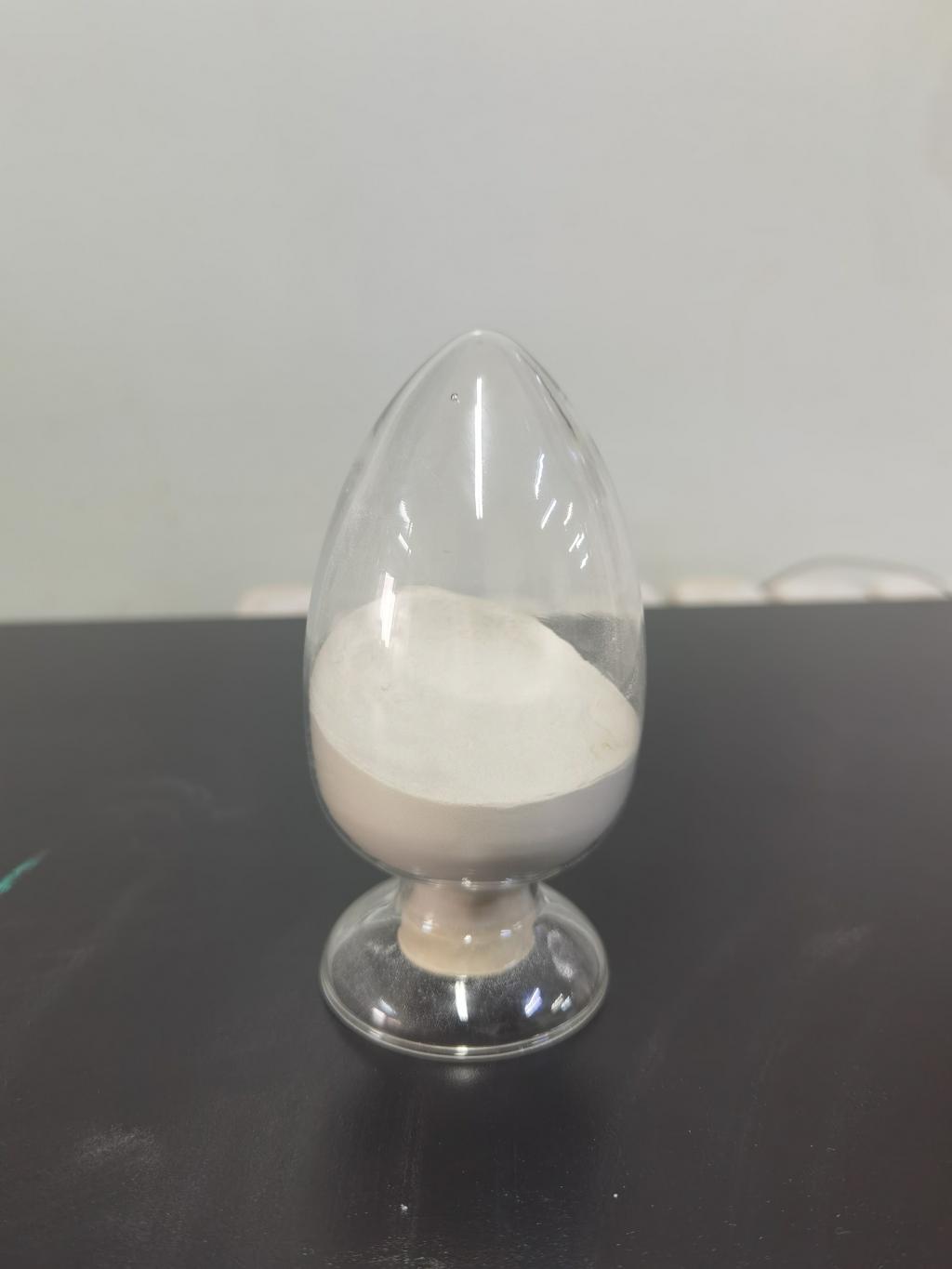Tel:+8618231198596

News
 CONTACT
CONTACT
 CONTACT
CONTACT
- Linkman:Linda Yao
- Tel: +8618231198596
- Email:linda.yao@dcpharma.cn
- Linkman:CHARLES.WANG
- Department:Overseas
- Tel: 0086 0311-85537378 0086 0311-85539701
News
Current Position:
Home >
News
>Nisin Influence on Culinary Trends: Shaping the Future of Healthy Eating
Nisin Influence on Culinary Trends: Shaping the Future of Healthy Eating
TIME:2024-03-19
The Shift Towards Healthier Eating
In recent years, there has been a noticeable shift in consumer preferences towards healthier eating habits. Factors such as rising awareness of the importance of nutrition, concerns about food additives and preservatives, and an aging population seeking to maintain health and vitality have all contributed to this trend. As a result, there is a growing demand for foods that are not only delicious but also nutritious and minimally processed.
The Rise of Natural Food Preservatives
Amidst concerns about the safety and health effects of synthetic additives, natural food preservatives have gained popularity. These compounds, derived from plants, animals, or microorganisms, offer a safer alternative to synthetic preservatives while still effectively extending the shelf life of foods. Nisin, a naturally occurring antimicrobial peptide produced by certain strains of lactic acid bacteria, has emerged as a prominent natural preservative due to its effectiveness and safety.
Understanding Nisin
Nisin is a natural antimicrobial agent that has been used for decades as a food preservative. It is produced by the bacterium Lactococcus lactis and has been granted Generally Recognized as Safe (GRAS) status by regulatory authorities around the world. Nisin works by inhibiting the growth of a wide range of bacteria, including those that cause food spoilage and foodborne illness, making it an effective tool for extending the shelf life of foods.
Nisin's Impact on Culinary Trends
a. Clean Label Movement: The clean label movement, which advocates for transparency and simplicity in food labeling, has gained momentum in recent years. Consumers are increasingly scrutinizing ingredient lists and avoiding products with artificial additives and preservatives. Nisin's natural origin and safety profile align with the principles of the clean label movement, making it a preferred choice for food manufacturers seeking to meet consumer demands for cleaner, more natural products.
b. Preservation of Freshness: Nisin helps preserve the freshness of foods by inhibiting the growth of spoilage bacteria, molds, and yeasts. This extends the shelf life of perishable products such as dairy, meat, and bakery items, reducing food waste and enabling consumers to enjoy fresher, longer-lasting foods.
c. Expansion of Healthier Options: The use of nisin enables food manufacturers to offer healthier alternatives to traditional processed foods. By using natural preservatives like nisin instead of synthetic additives, manufacturers can create products that appeal to health-conscious consumers while still delivering on taste, texture, and convenience.
d. Innovation in Food Processing: Nisin's efficacy as a food preservative has spurred innovation in food processing techniques. Manufacturers are exploring novel ways to incorporate nisin into a variety of food products, including ready-to-eat meals, snacks, and beverages, to improve their safety and shelf life without compromising on quality or nutritional value.
Nisin's Role in Promoting Healthy Eating Habits
a. Reduction of Sodium: One significant benefit of using nisin as a food preservative is its potential to reduce the need for sodium-based preservatives, such as sodium nitrite and sodium benzoate. High sodium intake has been linked to various health issues, including hypertension and cardiovascular disease. By enabling the use of lower levels of sodium in processed foods, nisin contributes to efforts to reduce overall sodium consumption and improve public health.
b. Preservation of Nutrients: Unlike some synthetic preservatives, which may degrade or alter the nutritional content of foods, nisin has minimal impact on the nutritional quality of food products. By preserving the natural integrity of foods, including their vitamins, minerals, and antioxidants, nisin helps ensure that consumers can enjoy foods that not only taste good but also provide essential nutrients for health and well-being.
c. Support for Sustainable Food Systems: The use of nisin in food preservation contributes to the development of more sustainable food systems by reducing food waste and the need for chemical additives. By extending the shelf life of perishable foods, nisin helps minimize losses throughout the supply chain, from production to consumption, thereby conserving resources and reducing environmental impact.
Challenges and Considerations
While nisin offers many benefits for promoting healthier eating habits, its widespread adoption is not without challenges and considerations:
a. Regulatory Approval: Despite being Generally Recognized as Safe (GRAS) by regulatory authorities, nisin may still face regulatory hurdles in some regions due to differences in approval processes and regulations. Ensuring consistent regulatory approval and compliance is essential for the global adoption of nisin as a food preservative.
b. Consumer Acceptance: While nisin is derived from natural sources and has a long history of safe use, consumer acceptance may vary depending on factors such as awareness, perception, and cultural preferences. Educating consumers about the safety and benefits of nisin can help build trust and acceptance of products containing this natural preservative.
c. Technological Challenges: Incorporating nisin into food products may require adjustments to formulation, processing, and packaging techniques to ensure optimal efficacy and stability. Collaboration between food scientists, manufacturers, and suppliers is essential to overcome technological challenges and maximize the benefits of nisin in food preservation.
Conclusion
Nisin's influence on culinary trends is shaping the future of healthy eating by providing food manufacturers with a natural and effective tool for preserving freshness, enhancing safety, and promoting nutritional quality. As consumer demand for healthier options continues to grow, nisin offers a viable solution for creating foods that meet both taste and nutrition preferences. By harnessing the power of natural preservatives like nisin, the food industry can contribute to a healthier, more sustainable food system that benefits both consumers and the planet.
- Tel:+8618231198596
- Whatsapp:18231198596
- Chat With Skype







